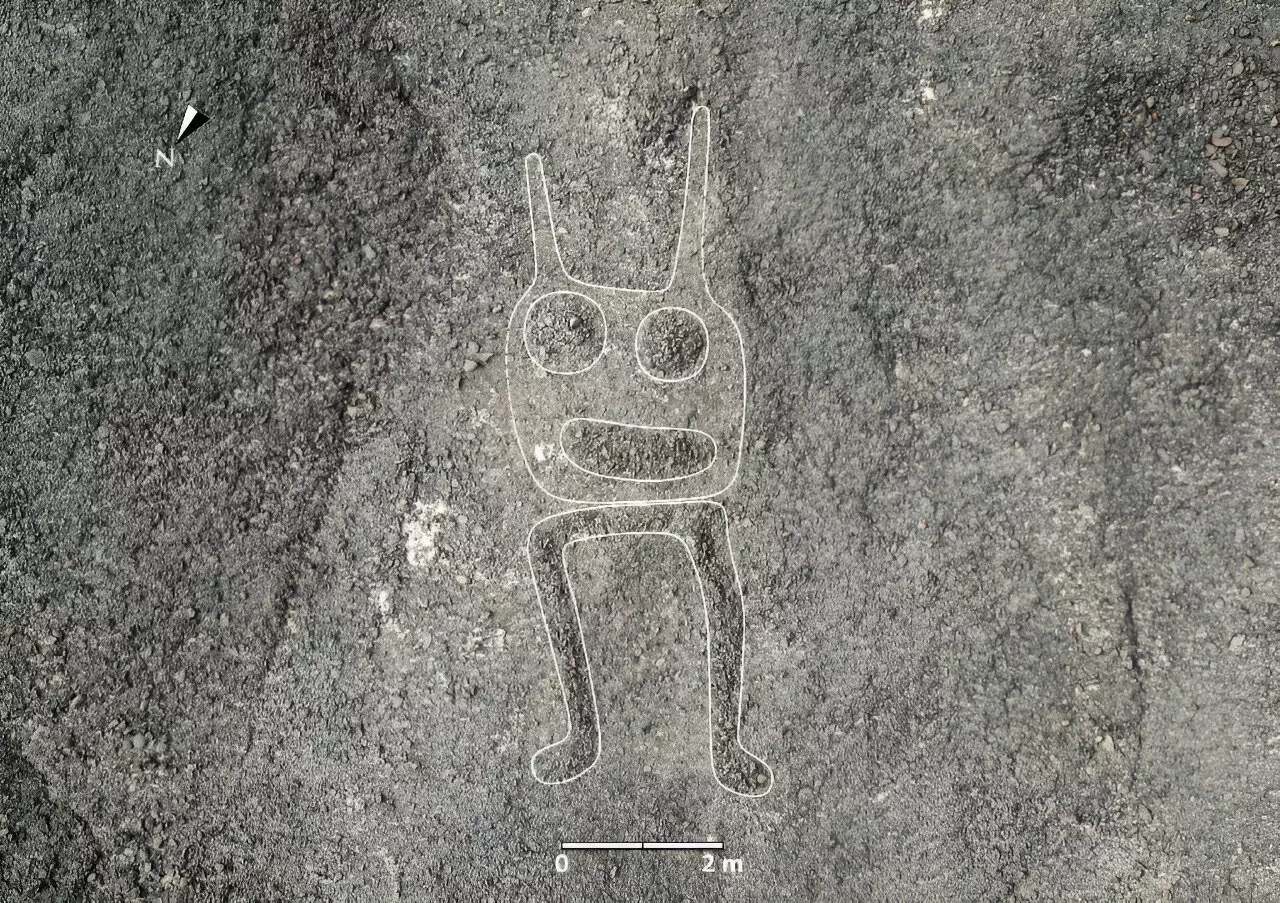Recent advancements in artificial intelligence have revealed a staggering 303 new geoglyphs in Peru’s Nazca desert, significantly enhancing our understanding of the pre-Inca civilization that thrived in the region approximately 2,000 years ago. This revelation, announced by archaeologist Masato Sakai from Yamagata University, doubles the previously known number of these intricate etchings. The Nazca lines, which showcase colossal depictions ranging from animals and plants to abstract geometric shapes, have entranced researchers and tourists alike since they were first brought to light in the 20th century.
Located around 220 miles (350 kilometers) south of Lima, the Nazca lines are best appreciated from the sky, offering a unique perspective of these ancient artworks that serve as one of Peru’s premier tourist attractions. The utilization of AI in this research has revolutionized how archaeologists approach the identification and mapping of these geoglyphs, allowing for a more efficient and accurate detection that far surpasses traditional methods.
The new discoveries stem from a collaboration between the Nazca Institute at Yamagata University and the research division of IBM, merging expertise in archaeology and cutting-edge technology. Traditionally, researchers painstakingly analyzed high-resolution aerial images to identify geoglyphs, a practice that was not only labor-intensive but also susceptible to human error. Sakai highlighted this methodological limitation, explaining how AI has drastically improved the speed and precision of their work. The findings were concurrently published in the acclaimed Proceedings of the National Academy of Sciences (PNAS) journal, underlining the significance of integrating AI into archaeological research.
What has been particularly notable is the ability of AI algorithms to detect smaller geoglyphs that often go unnoticed by the human eye. In just six months, the AI model was able to uncover 303 unique figures—an impressive feat, considering it took researchers almost a century to document the original 430 geoglyphs. The newly identified geoglyphs include linear depictions of various wildlife, as well as abstract forms resembling humanoid figures and domesticated camelids, animals related to camels.
The origins and purposes behind the creation of the Nazca lines continue to baffle archaeologists and historians. Existing within the geographical context of southwestern Peru from 200 BC to 700 AD, the civilization that produced these geoglyphs left behind few concrete explanations. The UNESCO World Heritage site has sparked diverse theories regarding its functions, with some suggesting astrological or religious significance behind these monumental carvings. Despite the numerous studies conducted since their discovery in 1927, the real motivations of the Nazca people remain shrouded in mystery.
The potential of AI technology in archaeology extends far beyond the Nazca lines, as it opens conduits for future exploration and discovery in other historical contexts. By leveraging vast datasets, researchers can unearth artifacts and understand ancient civilizations in ways that were previously unimaginable. The Nazca discoveries serve as a beacon of what is possible when traditional methodologies intersect with modern innovations.

